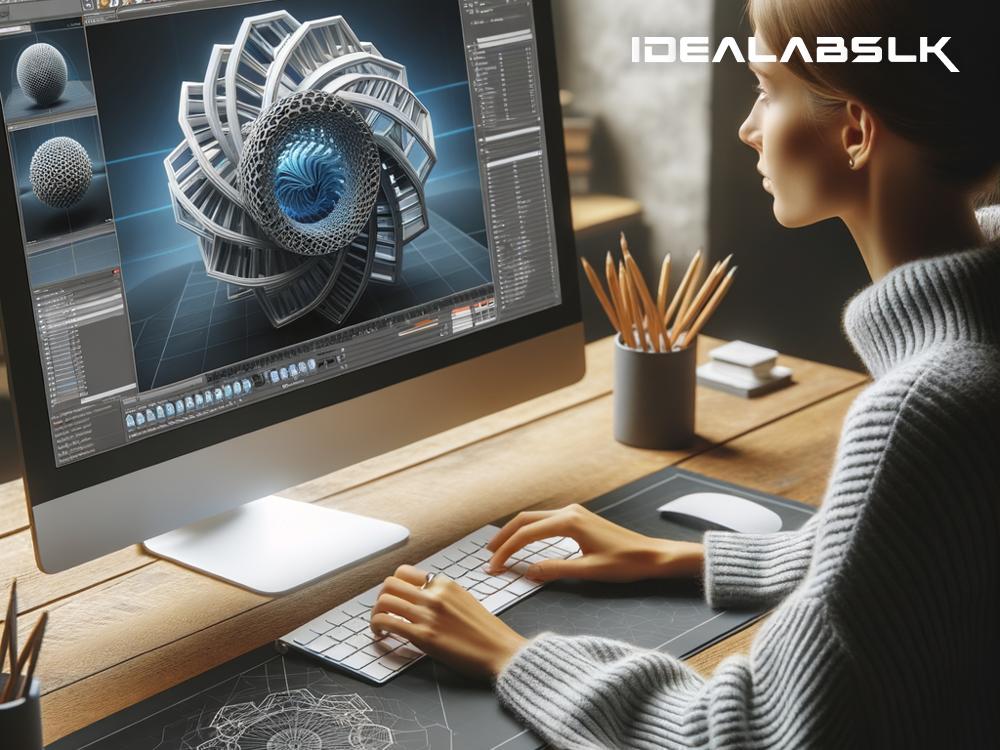How 3D Rendering Software Powers Product Visualizations
In today's fast-paced digital world, the way we see and interact with products before they hit the shelves has transformed dramatically. A significant player behind this transformation is 3D rendering software. This technological marvel has become a cornerstone in creating detailed, lifelike product visualizations that have not only changed the game for designers and marketers but also for consumers shopping online. But what exactly is 3D rendering, and how does it power product visualizations? Let’s dive in and simplify this complex process.
What is 3D Rendering?
Imagine you’re an artist, and you have an idea for a painting. Before the paint ever touches the canvas, you have a clear picture in your mind of what you want to create. 3D rendering is somewhat similar but in the digital realm. Simply put, it’s a process to convert 3D models into 2D images on a computer. But these aren’t just any images – they’re incredibly detailed and lifelike, making it hard at times to distinguish them from a real photograph. This technique allows designers to create and experiment with product designs in a virtual environment before they exist physically.
Powering Product Visualizations
Now that we’re clear on what 3D rendering is, let's understand how it powers product visualizations.
-
Detail and Realism: 3D rendering software allows designers to create product images that are rich in detail and incredibly realistic. This includes adjusting textures that mimic real-life materials, playing with light to highlight product features, and even setting the product in a 3D environment that showcases how it would look in real life. This realism helps customers understand what they are buying, making them more confident in their purchase decisions.
-
Flexibility and Experimentation: In the development phase, changes to product design are common. With traditional photography or prototyping, making these changes can be costly and time-consuming. 3D rendering, on the other hand, offers tremendous flexibility. Want to see your product in a different color or adjust its dimensions? No problem. A few clicks and it’s done. This not only speeds up the design process but also opens up a playground for experimenting with different concepts without the hefty cost.
-
Consistency Across Channels: Brands strive for consistency, as it helps maintain a professional image across all customer touchpoints. Whether it's for online stores, printed catalogs, or digital ads, ensuring your product looks the same everywhere is crucial. 3D rendered images maintain consistent lighting, angles, and quality, regardless of where they’re used, helping brands maintain a cohesive image.
-
Innovative Marketing: 3D rendering breaks the mold of traditional marketing, offering new ways to showcase products. Imagine interactive 3D models on a website where users can rotate and explore every angle of a product or immersive augmented reality (AR) experiences that allow users to visualize the product in their own space. These innovative approaches can significantly enhance customer engagement and drive sales.
-
Reducing Time to Market: Bringing a new product to market can be a lengthy process, but 3D rendering can accelerate it. By creating product visualizations before the physical product is even manufactured, companies can begin marketing activities early. This head start can be a competitive advantage, generating buzz and even allowing for pre-orders, ultimately reducing the time to market.
Conclusion
The power of 3D rendering software in product visualizations is undeniably revolutionizing the way we interact with products before they physically exist. It offers unparalleled detail, flexibility, and innovative potential that benefits not only designers and marketers but also enhances the shopping experience for consumers. As technology continues to evolve, the future of product visualization looks even more exciting. The days of guessing what a product will look like or how it will fit into our lives are fading away, making room for a future where what we see in the digital world is as close as it can get to reality.

